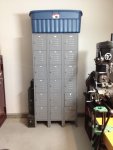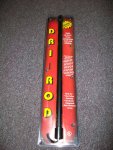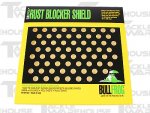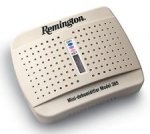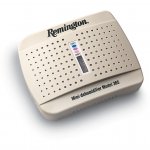So one vault has a no hole and just desiccant. The other has desiccant and an 18" Golden Rod for a roughly 72x36x29 inch interior. The small vault packed full of ammo and mags accumulates almost no water. The big vault with the rod AND the desiccant accumulates a cup of water or so every week or two.
By running the rod and desiccant, am I making a condition ripe for water to be pulled into the safe? Should I use one or the other, or is both appropriate, ie, is my safe dryer for using both? Or just one or the other? And which is best, the rod or the desiccant (or both)?
Looking for answers from folks with years of experience storing this way and answers from folks on here with engineering and physics experience with thermal properties, heat exchange and how moisture plays into all of that.
Thanks.
By running the rod and desiccant, am I making a condition ripe for water to be pulled into the safe? Should I use one or the other, or is both appropriate, ie, is my safe dryer for using both? Or just one or the other? And which is best, the rod or the desiccant (or both)?
Looking for answers from folks with years of experience storing this way and answers from folks on here with engineering and physics experience with thermal properties, heat exchange and how moisture plays into all of that.
Thanks.

